Market Trends
Key Emerging Trends in the EMEA Wearable Medical Device Market
The Wearable Medical Device market has witnessed a significant surge in recent years, propelled by the growing emphasis on personal health monitoring and the integration of advanced technologies into healthcare. These devices, designed to be worn on the body, provide real-time health data, enhancing the ability of individuals to manage their well-being proactively. Key market trends indicate a shift towards more sophisticated and versatile wearable medical devices, offering features beyond basic activity tracking.
One prominent trend driving the market is the integration of artificial intelligence (AI) and machine learning (ML) capabilities into wearable medical devices. These technologies enable the devices to analyze and interpret data in real-time, providing more accurate and actionable insights. For instance, wearables equipped with AI can detect patterns in physiological data, alerting users and healthcare professionals to potential health issues before they escalate.
Moreover, there is a notable surge in the development of wearables for specific medical conditions. Companies are increasingly focusing on creating specialized devices catering to conditions such as diabetes, cardiovascular diseases, and respiratory disorders. These tailored solutions not only offer more targeted monitoring but also provide a more comprehensive approach to managing chronic illnesses, ultimately improving the quality of patient care.
The market is also witnessing a shift towards non-invasive and user-friendly designs. Wearable medical devices are becoming more comfortable, discreet, and easy to use, encouraging broader adoption among consumers. Innovations such as flexible sensors, smart fabrics, and miniaturized components contribute to the development of unobtrusive devices that seamlessly integrate into users' daily lives.
Interconnectivity and data interoperability are becoming increasingly vital in the wearable medical device market. Integration with smartphones, tablets, and other digital platforms allows users to access and share their health data effortlessly. This connectivity not only enhances the user experience but also facilitates seamless communication with healthcare providers, enabling remote monitoring and timely interventions.
Furthermore, the rise of telehealth and remote patient monitoring has further fueled the demand for wearable medical devices. These devices play a crucial role in collecting and transmitting health data to healthcare professionals, allowing for continuous monitoring without the need for frequent in-person visits. The COVID-19 pandemic has accelerated this trend, emphasizing the importance of remote healthcare solutions.
As the market expands, collaborations between technology companies and healthcare providers are becoming more common. These partnerships leverage the strengths of both sectors, combining technological expertise with medical knowledge to develop more effective and reliable wearable medical devices. The collaboration also addresses concerns related to data security, privacy, and regulatory compliance, ensuring that wearable devices meet the necessary healthcare standards.



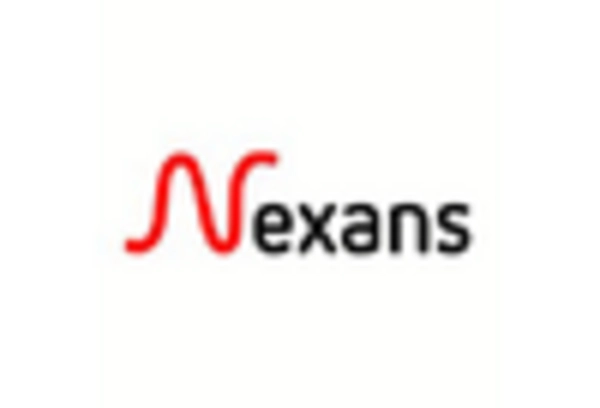
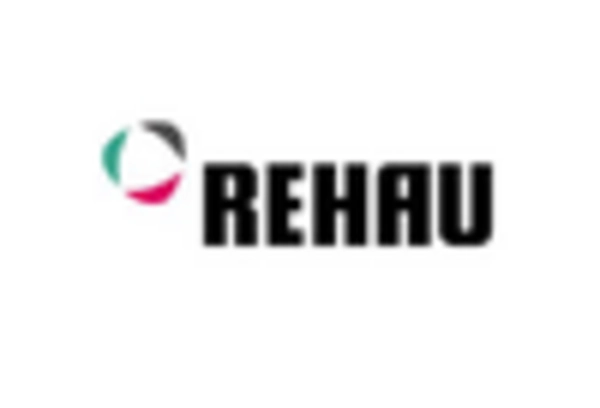
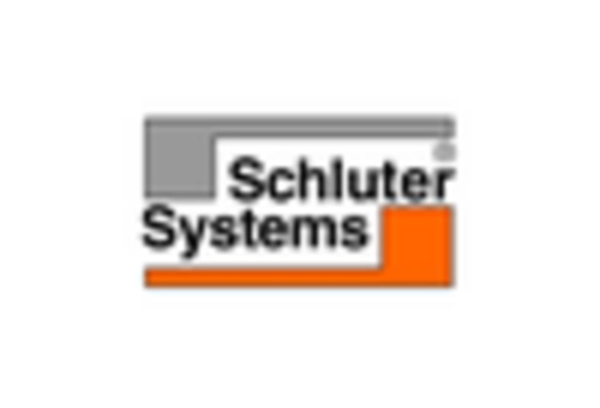
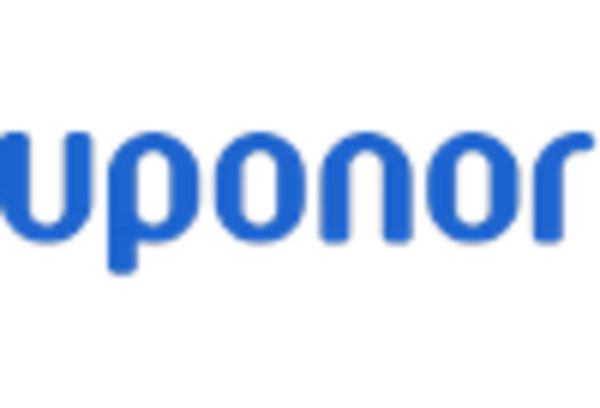
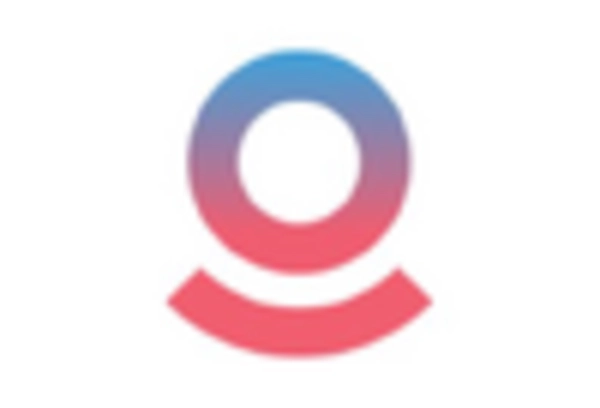

Leave a Comment